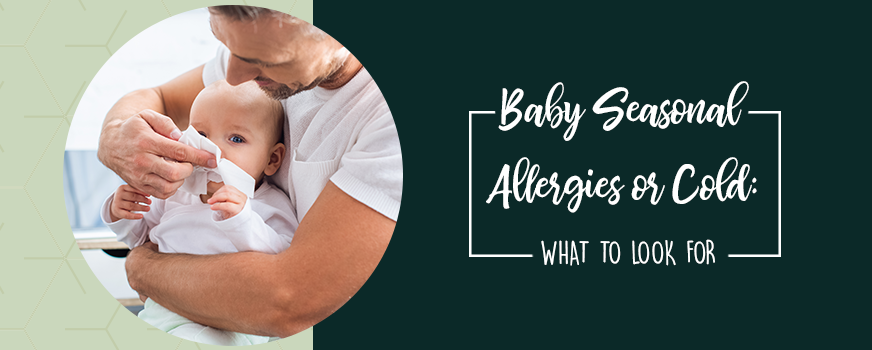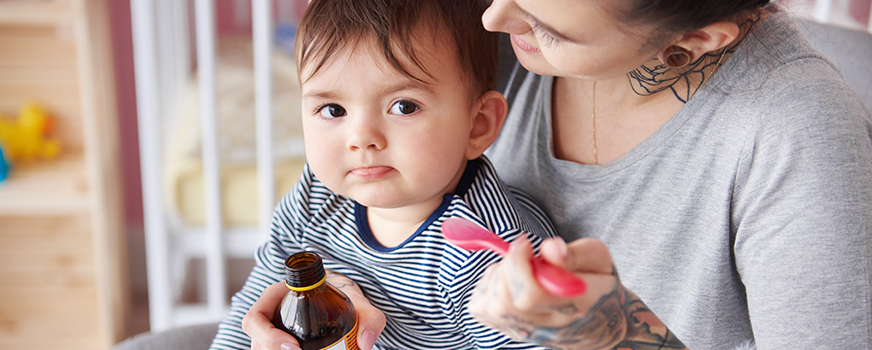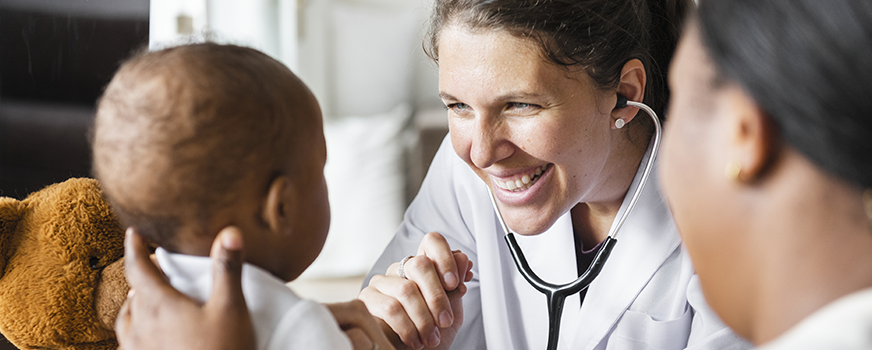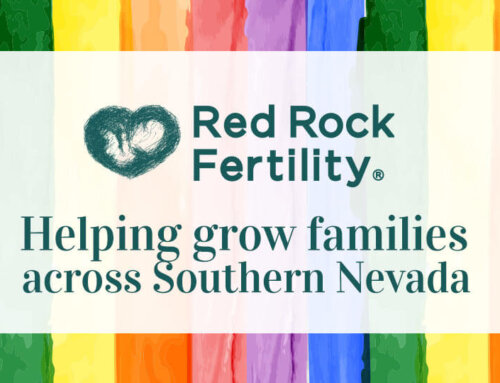
Sometimes it can be difficult to distinguish between seasonal allergies and a cold, especially when your baby can’t tell you how they are feeling. Read on to learn more about common seasonal allergy symptoms and common cold symptoms for babies, along with what steps parents can take to get them on a road toward health.
Colds in Babies
What Causes Colds?
The common cold is an infection of the nose and throat (upper respiratory tract infection) that can be caused by one of more than 100 viruses, and rhinoviruses are the most common. A common cold virus enters your baby’s mouth, nose or eyes. Your baby can be infected with a virus by air, direct contact, and contaminated surfaces.
Babies are especially susceptible to the common cold, in part because they’re often around other older children. Once infected by a virus, your baby generally becomes immune to that virus. But because so many viruses cause colds, your baby may have several colds a year and many throughout their lifetime. Within the first year of life, most babies have up to seven colds, and they may have more if they’re in child care centers.
Baby Cold Symptoms
The first indication of the common cold in a baby is often a congested/runny nose or nasal discharge that may be clear at first but might thicken and turn yellow or green. Other baby cold symptoms and signs may include:
- Fever
- Sneezing
- Coughing
- Decreased appetite
- Irritability
- Difficulty sleeping
- Trouble nursing or taking a bottle due to nasal congestion
Treatments for Baby Colds
The best defense against the common cold is common sense and frequent hand-washing. To reduce chances of your baby catching a cold, keep them away from anyone who’s sick, wash your hands before feeding or touching your baby, clean your baby’s toys and pacifiers often.
For treatment if your baby is exhibiting baby cold symptoms, contact your doctor before giving any medications as some OTC and fever-reducing medications can be dangerous. At home, you can provide relief from baby cold symptoms by offering plenty of fluids, thinning nasal mucus with saline drops, suctioning your baby’s nose, and using a humidifier to keep the air moist.

Seasonal Allergies in Babies
What Causes Seasonal Allergies?
Seasonal allergies are usually caused by pollen from weeds, grasses, and trees. Seasonal allergies in babies are considered rare, as they aren’t typically seen until children are 2 or 3 years old at the earliest as infants don’t spend enough time outdoors to develop a reaction to seasonal irritants.
Once your child is a toddler, however, they are at risk of suffering from seasonal allergies. Those with a genetic history of allergies have a higher chance of developing allergies in their lives, though their triggers and reactions may be different from anyone else in the family. Childhood allergies are currently on the rise, and many young sufferers have no family history. This may be due to ultra-clean lifestyles that make it harder for bodies to develop immunity to allergens.
On the other hand, babies can be bothered by household allergens such as mold, dust mites, pet dander, and pests. Nasal allergies affect as many as 40 percent of children, and symptoms can start as early as 6 months.
Baby Seasonal Allergy Symptoms
Seasonal allergies in babies are usually caused by plant-based allergens and tend to show up only at certain times of the year. Though uncommon in young babies, the main symptoms of seasonal allergies may include:
- Sneezing
- Itchy or watery eyes
- Coughing
- Runny nose
Treatments for Baby Seasonal Allergies
If you are concerned about seasonal allergies in babies, an allergist can help decide if a blood test or a skin prick test is necessary. Blood tests measure antibody levels toward certain allergens to see if the levels are high. The skin prick test is used to gently prick a baby’s arm or back so the substance can enter under the skin’s surface to observe if there is a reaction to the allergen, such as the appearance of a hive or rash.
If it is determined your baby has seasonal allergies after a test, your doctor will likely help create a treatment plan and write a prescription to help lessen the impact. Similarly to colds in babies, one of the best ways to manage allergies is to be aware and avoid situations that will likely put your baby in contact with known allergens. Avoid going out during peak pollen times, wash hands regularly, do laundry, towels, and sheets frequently, vacuum weekly, and keep windows and doors closed when possible.

Is it a Cold or Allergies?
A runny nose and coughing are symptoms that can signal both an allergy and a common cold. So how can you tell if you’re witnessing baby cold symptoms or allergy symptoms?
One way is to look at the timing and frequency of your baby’s symptoms. Colds are very common in babies, while seasonal and environmental allergies caused by allergens that are breathed in aren’t. Colds last a week or two, and then your baby will be well for a while until the next one hits. Allergy symptoms tend to last longer.
Another key is the presence or absence of certain other symptoms. For example, allergies don’t cause fevers, but a fever may accompany a cold. Likewise, allergies don’t cause body aches and pains, though a cold can often leave a child achy.
If your child is showing baby cold symptoms or if you suspect they may have seasonal allergies, speak with your doctor about needed next steps in properly diagnosing the condition. Many times, mild cold symptoms and allergies can be treated at home.



